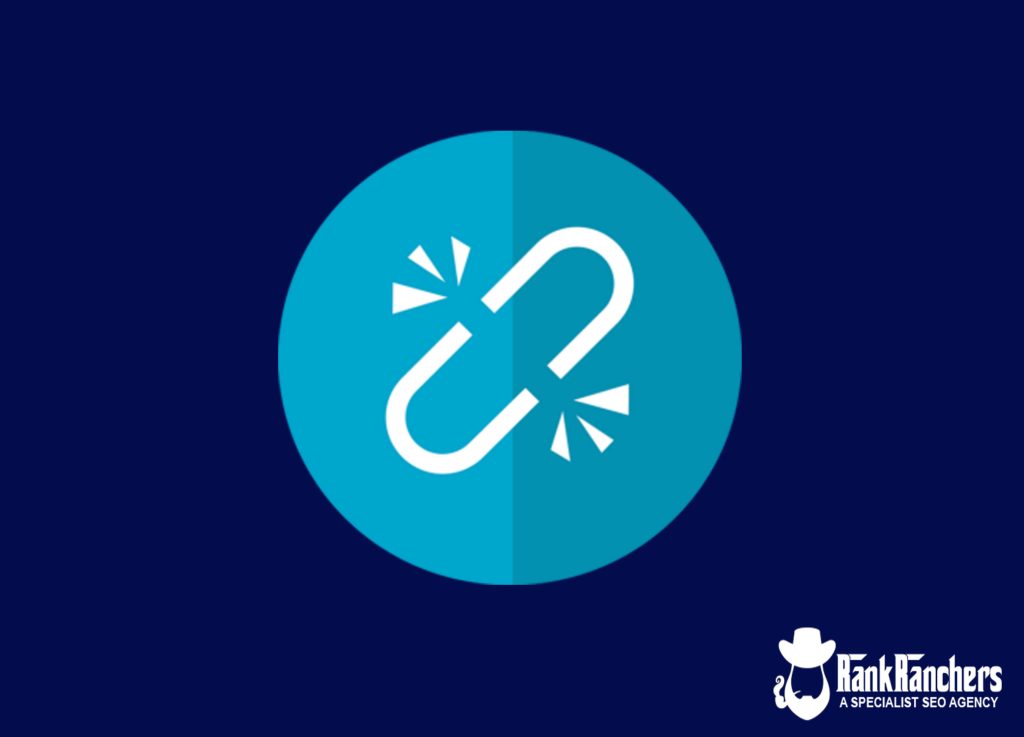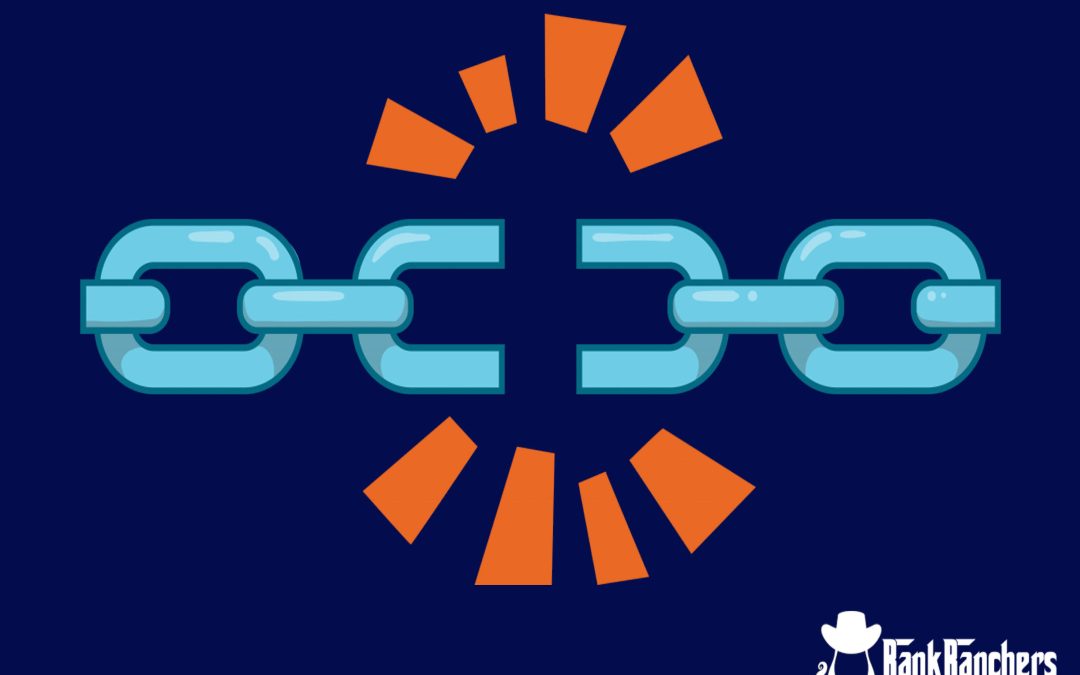An internal link connects one page on your website to another page within the same site. Your website visitors and search engines rely on these links to navigate your content. Users use links to move around your site and discover the information they’re looking for, while search engines use links to explore and index your site.
There are various types of internal links, including those on your homepage, menu, and post feed. Another type is contextual links embedded within your content. The more quality links a specific page receives, the more valuable it appears to search engines. Therefore, effective interlinking is important for optimizing your site’s search engine visibility.
Differentiate Internal Links vs. External Links
Websites comprise internal and external links for navigation. Internal links connect pages within your site, aiding user and search engine navigation. External links extend connections to other websites. This post emphasizes the SEO impact of internal links, while additional external link-building resources are available in related posts.
Internal Links
- Connect pages and posts within the same website.
- Facilitate user navigation and enhance site structure.
- Aid search engines in indexing and understanding the site’s content relationships.
External Links
- Bridge pages on your website to content on other external websites.
- Provide additional resources and context for users.
- Contribute to a website’s credibility and authority in the eyes of search engines.
Why are Internal Links Important for SEO Rankings?

Internal links are key to improving SEO rankings by guiding search engines like Google through your website’s content. If you want your website to show up better on Google, you need good “SEO rankings.” One smart way to do this is by using internal links. These links help Google understand which pages on your site are important.
So, when you use them right, it can boost your SEO rankings and make your content show up higher in Google searches. If you are looking to improve your SEO rankings, try adding internal links to guide Google to the important stuff on your website. It’s like a little trick to help your site do better in online searches!
Top 5 Benefits of Interlinking in SEO Rankings
By utilizing the Interlinking, you can easily optimize and rank higher on Google. Learn how connecting your pages smartly makes your website do better and get noticed more on the internet. Here are the benefits of Interlinking.
1. Improved SEO Rankings Through Strategic Interlinking
Enhancing your website’s SEO rankings requires a systematic approach to Interlinking, a crucial aspect of Google optimization. This practice involves linking relevant pages within your website to convey their importance and relevance to search engines.
By doing so, you provide a clear signal about your website’s structure, fostering a deeper understanding of the relationships between different pages and ultimately enhancing your website’s visibility in search results.
In addition to benefiting your SEO efforts, Interlinking contributes to a more engaging user experience, potentially leading to longer sessions and increased conversion rates. To make your interlinking effective, use relevant anchor text and direct users to pages that offer additional value.
2. Optimized Website Navigation
Interlinking is essential in optimizing website navigation, allowing users to effortlessly move between pages and access relevant information promptly. By strategically interlinking pages, you establish a logical flow of information, guiding users to related content and improving their overall browsing experience.
Contextual anchor text within these interlinks helps users anticipate what they will find when clicking, instilling confidence in exploring your website. Additionally, search engines benefit from interlinking, gaining insights into the structure and relevance of your website’s content.
Remember to incorporate internal and external interlinks, allowing users to explore related content within your site and discover authoritative external sources for additional information.
3. Boost Page Authority
Enhancing page authority is a critical outcome of strategic Interlinking, achieved through various mechanisms:
- Distributing link equity: Interlinking relevant pages within your website communicates their importance, contributing to enhanced authority.
- Increasing crawlability: Strategic Interlinking facilitates smoother navigation for search engine bots, ensuring efficient discovery and indexing of all pages.
- Enhancing user experience: Intuitive Interlinking enables visitors to navigate smoothly, leading to longer visit durations and reduced bounce rates.
- Amplifying topical relevance: Linking pages with similar or related topics establishes thematic clusters, showcasing expertise and authority on specific subjects.
- Building external backlink opportunities: Effective Interlinking encourages visitors to reference and share your content, potentially resulting in valuable external backlinks.
4. Technical Optimization for SEO Excellence
Beyond the foundational benefits, strategic Interlinking aligns with technical optimization practices for SEO excellence:
- Implementing Schema Markup: Incorporate schema markup to provide search engines with structured information about your content. This can enhance the display of rich snippets in search results, increasing click-through rates and overall visibility.
- Utilizing Canonical Tags: Employ canonical tags to designate the preferred version of a page, mitigating duplicate content issues. This not only aids search engines in understanding your site’s structure but also ensures proper indexing.
- Optimizing Page Load Speed: Ensure your website loads quickly by optimizing images, browser caching, and minimizing unnecessary code. A faster loading speed improves user experience and is a factor considered by search engines in rankings.
- Mobile Responsiveness: With an increasing number of users accessing websites on mobile devices, it’s crucial to have a responsive design. Google prioritizes mobile-friendly websites, and a responsive design contributes to better rankings in mobile search results.
- Implementing HTTPS: Secure your website with HTTPS to provide a secure connection for users. Google considers HTTPS a ranking factor, and secure websites are more likely to rank higher in search results.
5. Improved Conversion Rates through User-Centric Interlinking
Strategic Interlinking significantly contributes to higher conversion rates by guiding visitors to essential pages within your website. When users easily find related information, they are more likely to stay engaged, ultimately boosting conversions. Implementing Interlinking enhances conversion rates and improves overall user satisfaction, making navigation through your website smooth.
Why Internal Linking Matters in Google
Adding links to your website is super important for Google and other search engines. Do you know why? Because Google uses these links to find and rank the content on your site. If a page or post has many links, Google thinks it’s really important. This applies to links from within your site (internal) and from other sites (external).
As the site owner, you have control over these internal links. You can guide visitors and Google to the most important pages using the correct links. Our internal linking tool (currently not in Yoast SEO for Shopify) can help by suggesting related posts worth linking to!
10 Internal Linking Techniques to Improve Your SEO Rankings
Internal linking strategy is like the fuel that propels your content to success. Many content marketers focus solely on content creation, but integrating contextual links to relevant pages can significantly enhance your website’s search performance. Let’s explore ten techniques to maximize your internal linking efforts and supercharge your SEO strategy:
1. Link to Relevant Content
SEO heavily relies on relevance. Search engines prioritize content relevant to users, and internal links contribute to this assessment. By linking to related and complementary content, you signal to search engines that your website provides a comprehensive resource on a specific topic, establishing your authority.
2. Build Topic Clusters
Group internal pages or articles around specific topics, creating a web of related content. This strategic approach, known as building topical authority through topic clusters, enhances keyword association and showcases expertise on the subject.
3. Use Descriptive Anchor Text
Encourage clicks on your internal links by using descriptive anchor text. Google recommends avoiding generic phrases like “click here” and opting for concise yet descriptive text, providing users and search engines context about the linked page.
4. Use a Variety of Anchor Texts
Vary anchor text when linking to a pillar page from different pages. This helps search engines understand content context and sounds more natural to users. Employ synonyms and keyword variations for a diverse and effective linking strategy.
5. Prioritize Important Links at the Top
Place crucial internal links at the top of your pages for maximum visibility. Visitors often scan content from top to bottom, and search engines consider the hierarchy of links. This approach signals to Google the importance of specific pages on your site, potentially boosting rankings.
6. Link from High Authority to Lower Authority Pages
Utilize the link equity of high-authority pages by including internal links that direct users to other important pages. Ensure relevance and avoid link stuffing, allowing your site’s authority to impact related content positively.
7. Link from the Homepage
The homepage is a primary entry point for users, and internal links guide them to essential pages. Beyond relying solely on navigation menus, make important pages clickable from the homepage to enhance visibility and improve user experience.
8. Keep Links Sounding Natural
While anchor text is an excellent place for keywords, avoid sounding spammy. Write naturally, incorporating internal links and keywords only when relevant. Also, maintain a balanced spacing of links within the content.
9. Avoid Link Stuffing
Similar to keyword stuffing, excessive internal links, or link stuffing, can hinder search engines’ understanding of your site’s structure. Maintain a reasonable number of internal links, ensuring they provide value and relevance and enhance the user experience.
10. Update Existing Links
Conduct periodic internal link audits to ensure link validity, especially after changing your website’s content. Address broken internal links promptly, implementing redirects to maintain SEO score and preserve link equity.
Conclusion
Using links inside your website is really important when you are trying to make your website better. If you link pages inside your site, it can help more people find your important pages when they search online.
When you are putting in these links, make sure it’s easy for people to use your site and also helps your site show up better in online searches. So, try to make it simple for people to move around your site, and at the same time, make it easy for search engines to understand and show your pages when people search for things.
FAQs
What is Internal Linking?
Internal linking connects one page on a website to another page within the same site. These links aid navigation and assist search engine robots in finding new content, enhancing website usability and SEO rankings.
How can Internal Linking Improve your experience on a website?
Internal linking contributes to a seamless user experience by providing logical pathways between related content. You can easily navigate through the site, discover relevant information, and spend more time engaging with valuable content. This not only enhances your satisfaction but can also reduce your bounce rates, contributing positively to your overall website experience.
Does Interlinking Help SEO?
Yes, interlinking benefits SEO. Adding internal links to relevant pages aids search engine bots in inefficient crawling and indexing, ensuring content accessibility. This positively impacts search engine rankings and improves website navigation for visitors.
What is the Internal linking strategy for SEO ranking?
The optimal strategy involves creating meaningful connections between related content. Use appropriate anchor text, control link frequency to avoid keyword stuffing, and ensure proper indexing and crawlability for a successful SEO and usability improvement.
Are there any common mistakes to avoid when Implementing Internal links for SEO?
While internal linking is beneficial, you should be cautious about certain mistakes. Common pitfalls are overusing exact-match anchor text, incorporating excessive links that may appear spammy, and linking to irrelevant content. Striking a balance, maintaining relevance, and ensuring a natural flow in your linking structure are crucial for a successful internal linking strategy without negatively impacting your SEO efforts.






